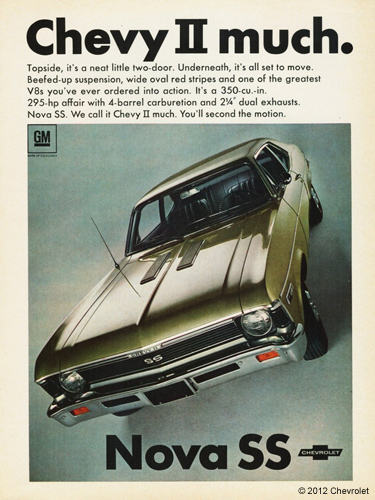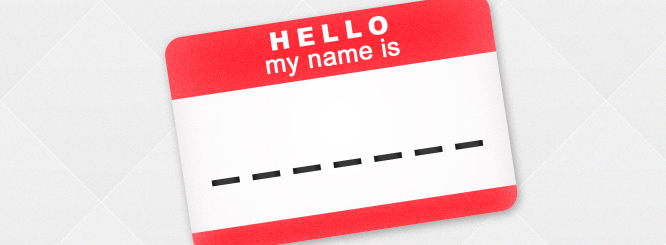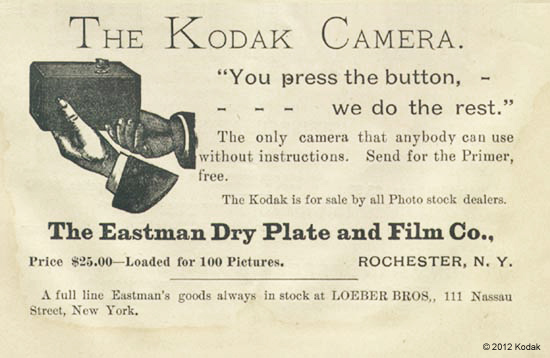Inspired by our new product naming contest, we thought to dig into the internet for advices on how to find the right name for products, services and businesses.
Product Naming is a critical phase in the new product development (NPD), because it affects the first impression of the target audience and the product position in the market. The final success of a project can be determined by its name. Some examples will clearify this point.
Nike, one of the most worldwide famous companies, was founded on 1964 as “Blue Ribbon Sports”. In 1978 it was changed in Nike, like the Greek goddess of victory, as many people know. The fact is in the 70s the word “Nike” meant something for less than 1% of the American population. The branding campaign succeeded because they built a story around it, explaining the real meaning and, well, all the athlets love victory! This idea association perfectly fits for a sportswear company.
A name doesn’t necessarily have to mean something, until the product defines it. In 1889, George Eastman, for example, used three concepts in creating his business name: it should be short, difficult to mispronounce and it could not resemble anything existent. He started from his favourite letter (K) and created the brand KODAK. Once again, the name combined with the correct communication campaign (push the button, we do the rest) achieved great results in the market.
It’s not so easy as it could appear anyway. The history is filled with cases of unfortunate product names: Wii (i know, it may be a great game console, but if you say to a British English speaker “let’s play with my wii” he could misunderstand, since they refer to urine as “wee”); Sars (softdrink made by an Australian company, spelt like the viral disease Severe Acute Respiratory Sindrome); Pee Cola (no comment needed).
That’s why you should consider a couple of thing before racking your brain:
– A great name is first of all relevant, positive, easy to remember, short, not too generic and not too similar to a competitor product name;
– There are many different methods you can try: use acronyms, take parts of words and put them together, describe it, evoke a vivid image that communicates a product benefit, think about a completely new made-up word, use the founders’ names or nicknames, explore alternative spellings for common words, associate the product to a specific location or personify the product creating a character);
– To avoid embarrassment in other languages, there’s no simplier way that asking native speakers, not necessarily experts. Try in social networks too;
– Make sure you are not treading on someone else’s rights to the name;
– Test it! Use the people you know: your family, friends, colleagues, potential customers. Receive feedback to know if the first impression is the same you expected.
P.s.: Don’t get crazy anyway, this story should take a little pressure off you:
“When American automaker Chevrolet introduced the Chevy Nova in Mexico, they find out too late that the Spanish phrase “no va” means “doesn’t go”, “doesn’t work”. Nevertheless, in this case it seems that the failure in the naming process didnt’t affect the sales!





 Follow
Follow